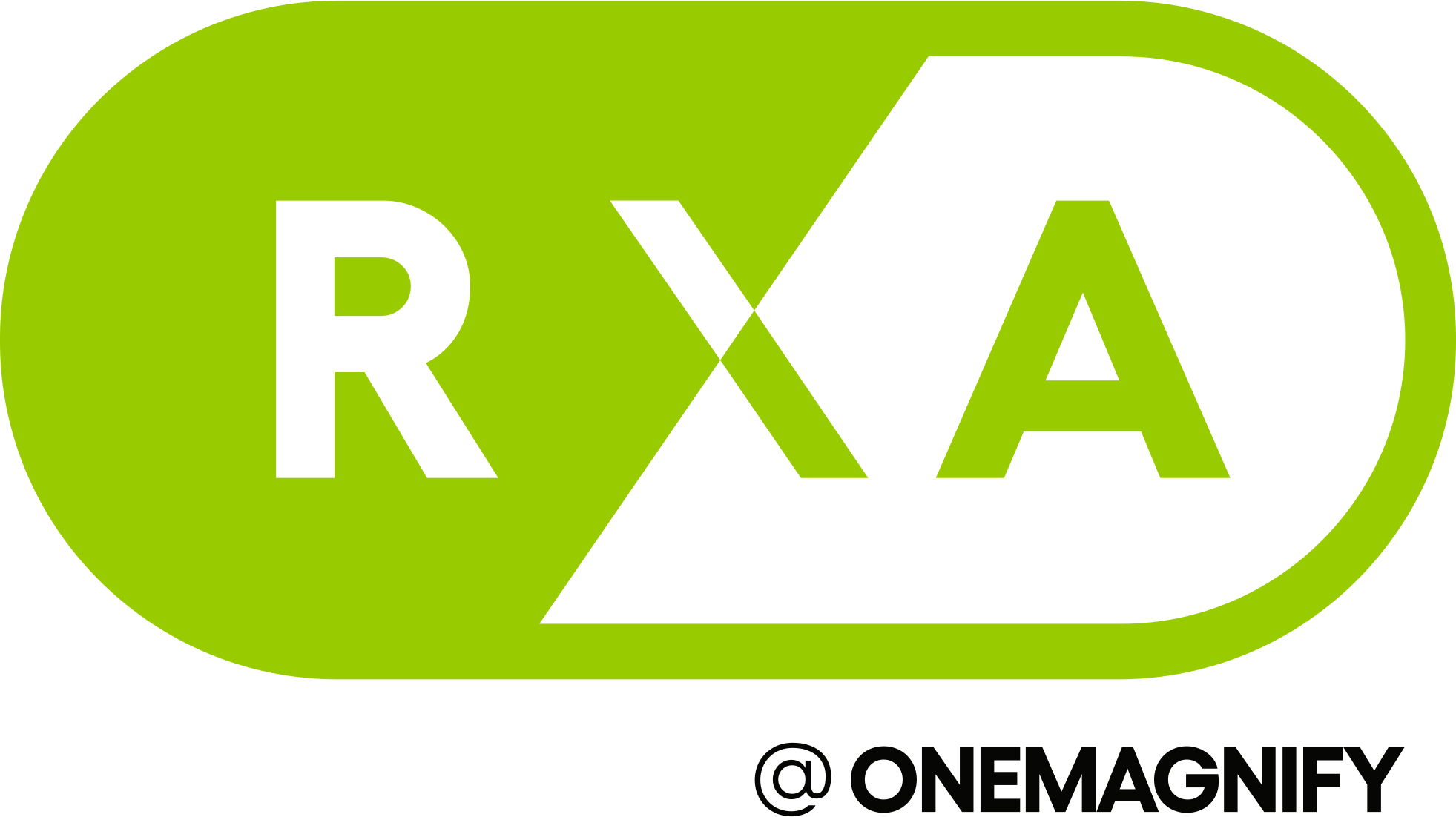

Many enterprise companies use Google Analytics 360 (GA360) to go beyond the insights offered by the standard Google Analytics platform, though it can be challenging to understand the mountain of features that come with it. Google Analytics Academy has a training course called Getting Started With Google Analytics 360 to help users get the most out of the platform. The course contains seven units:
- Introducing Google Analytics 360, which covers advanced reporting (even if you go no further, you’ll want to complete this unit)
- BigQuery integration
- Four (yes, four!) units on Google Marketing Platform integrations
- Google Ad Manager integration
Introducing Google Analytics 360
Don’t worry if you are neither a heavy Google Marketing Platform nor BigQuery user, you’re going to get excellent mileage out of the content of the first unit. It consists of lessons that explain roll-up reporting, custom funnels and custom tables. And, while data-driven attribution is not part of the course, a link to thorough documentation on the topic is also provided.
At the start of the advanced reporting course, you are immediately reminded why you have GA360 in the first place:
- Data collection guarantees
- Enhanced data freshness
- Unlimited data and higher processing limit
- Custom funnels
- Unsampled reports
- More views per web property
- Enhanced customization with custom dimensions, custom reports and custom tables
- Dedicated support specialists (This is a very important part of GA360. Otherwise, you will just not get any time with GA support.)
BigQuery integration
The BigQuery unit explains how to set up a direct link between the two platforms, allowing you to export GA360 data to BigQuery in near real time. This is a big upgrade from the standard GA platform for companies with large amounts of data. BigQuery can display GA360 data at a more granular level and contains more analysis capabilities like grouping and clusters.
Google Marketing Platform integrations
Unit 3 is an overview of the integrations that are available between GA360 and the Google Marketing Platform (GMP) products.
Unit 4 contains an in-depth review of the integration between GA360 and Google Marketing Platform’s Campaign Manager (CM). This allows users to view GA360 metrics side by side with Campaign Manager data. You can analyze how CM impressions and clicks drive traffic, conversions, and other website KPIs, as well as compare Ad performance with other channels like search and email metrics.
Unit 5 covers the Display & Video 360 (DV360) integration, including setup, remarketing, and resulting reports, dimensions, and metrics. This integration allows you to not only combine metrics between the two platforms, but also create audiences based on GA360 data for your DV360 bids.
Similar to Unit 5, Unit 6 explains the setup and results that come from a Search Ads 360 (SA360) integration. This integration allows users to view their search marketing data from SA360 alongside GA360 data about site behavior and conversions. This unit also contains a close out summary for the course.
Google Ad Manager integration
Google Ad Manager (GAM) and GA360 integration is the topic of the optional final unit. This units explains how to set up and view the integrated data between the platforms to optimization your ad monetization strategy.
All of these sections provide information that allows you to take full advantage of GA360, though we recommend at least viewing the first unit to understand the advanced reporting available with the platform. If you found this blog post interesting or would like to learn more about RXA’s BI solutions, please reach out to our team at learn@rxa.io.
